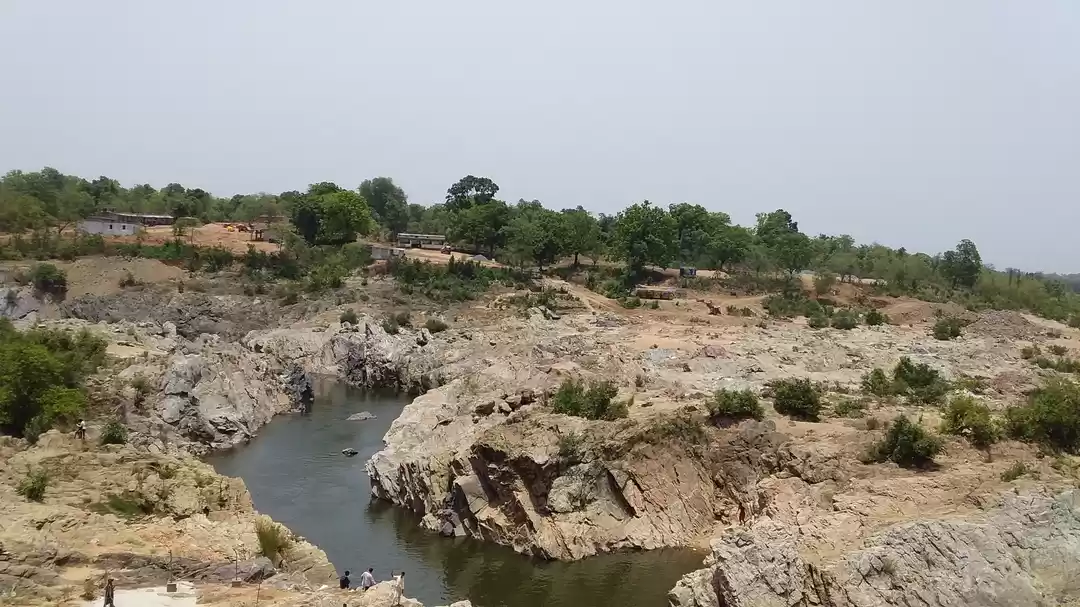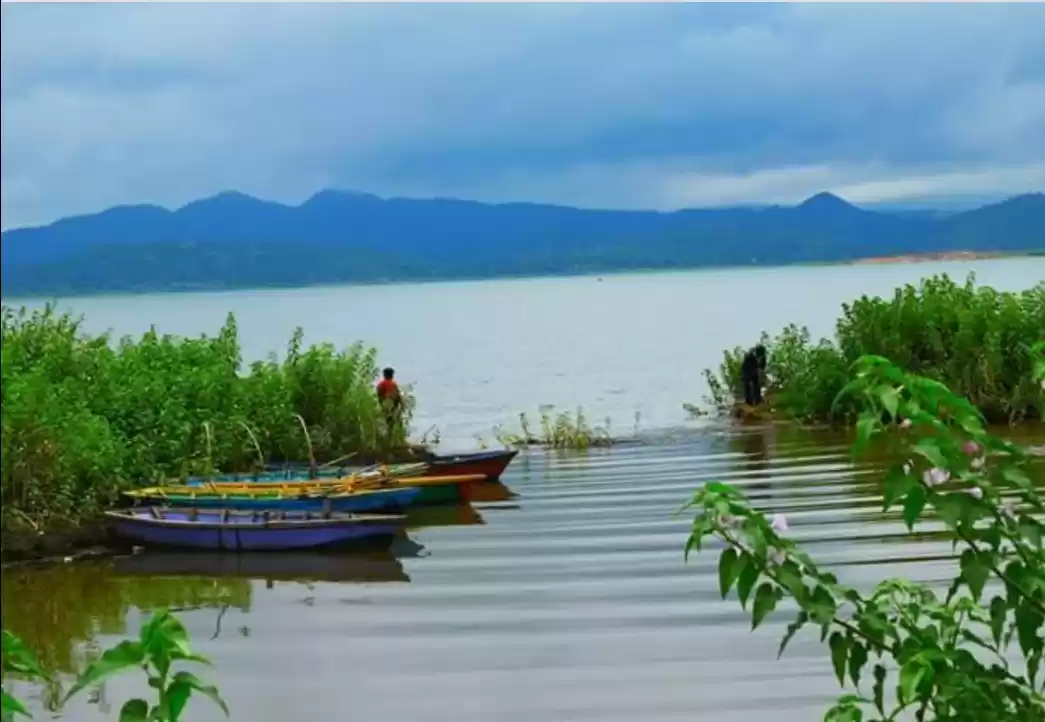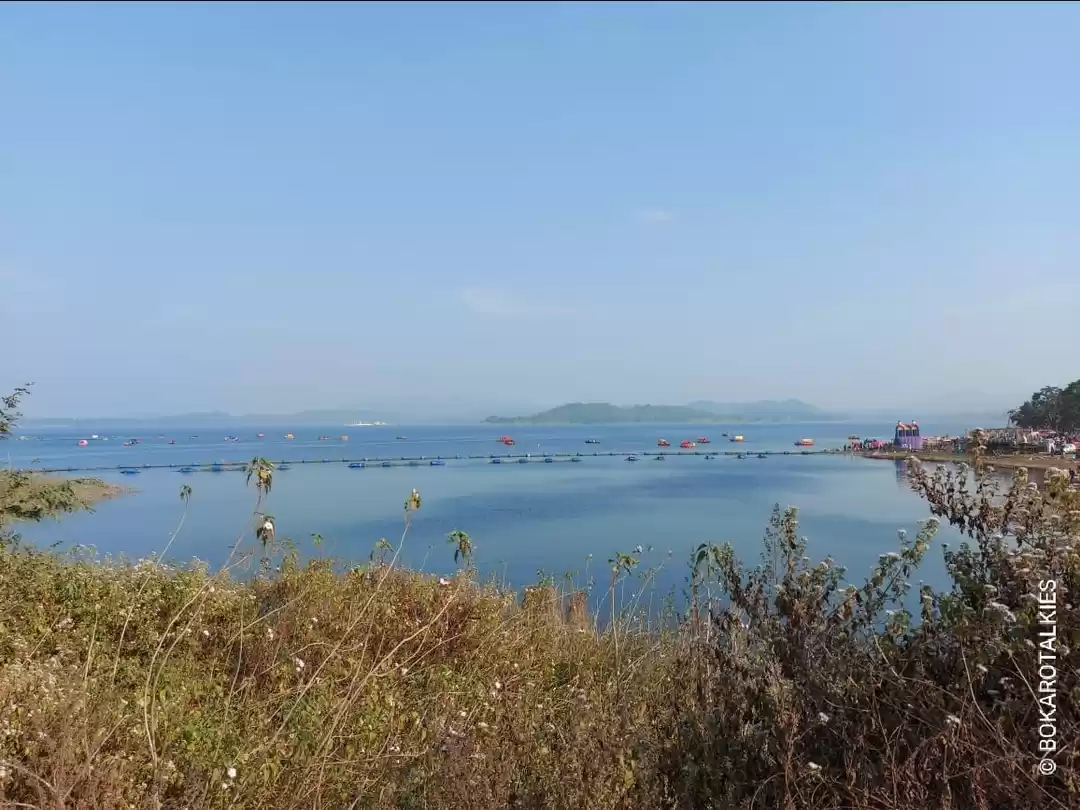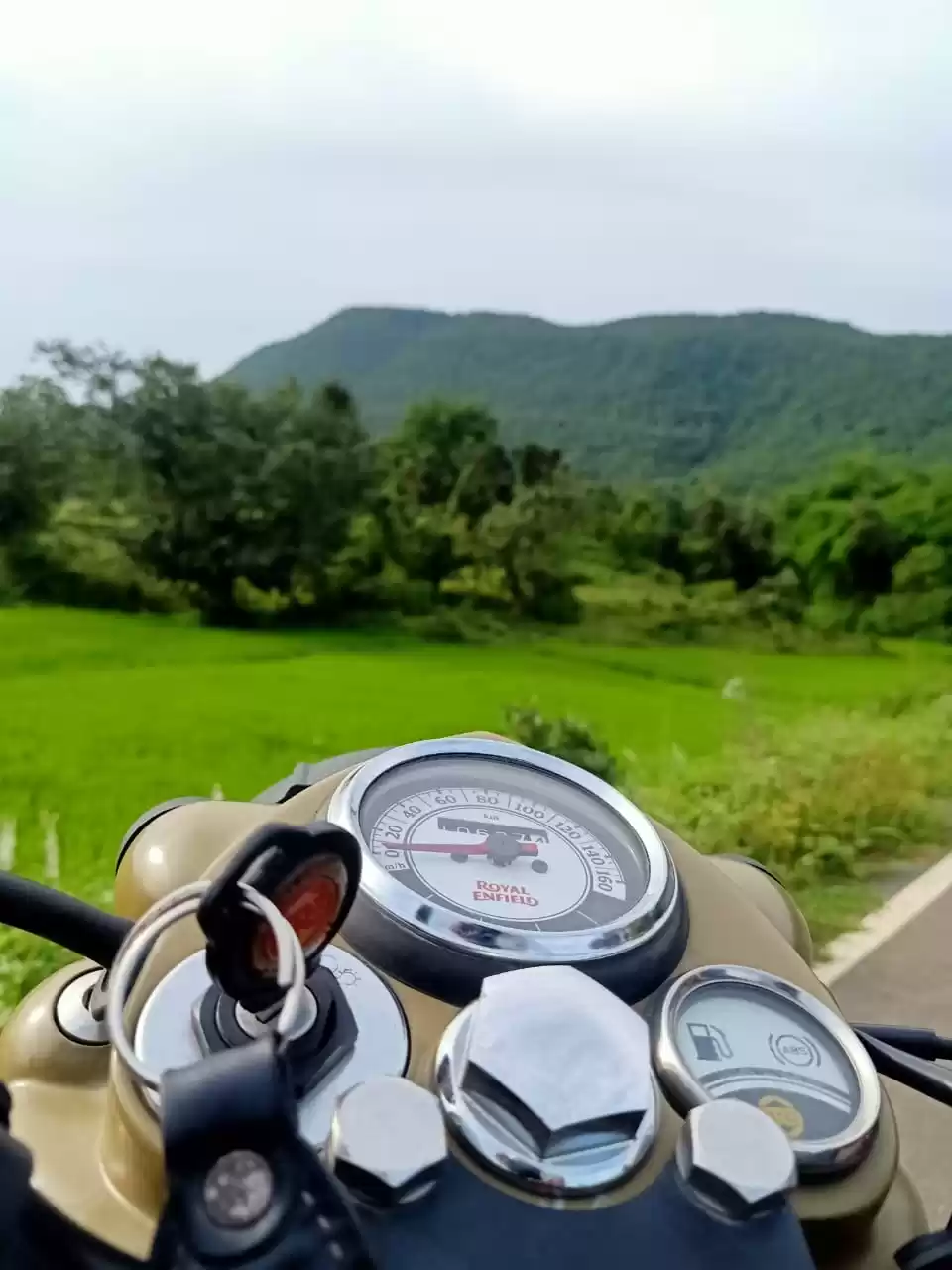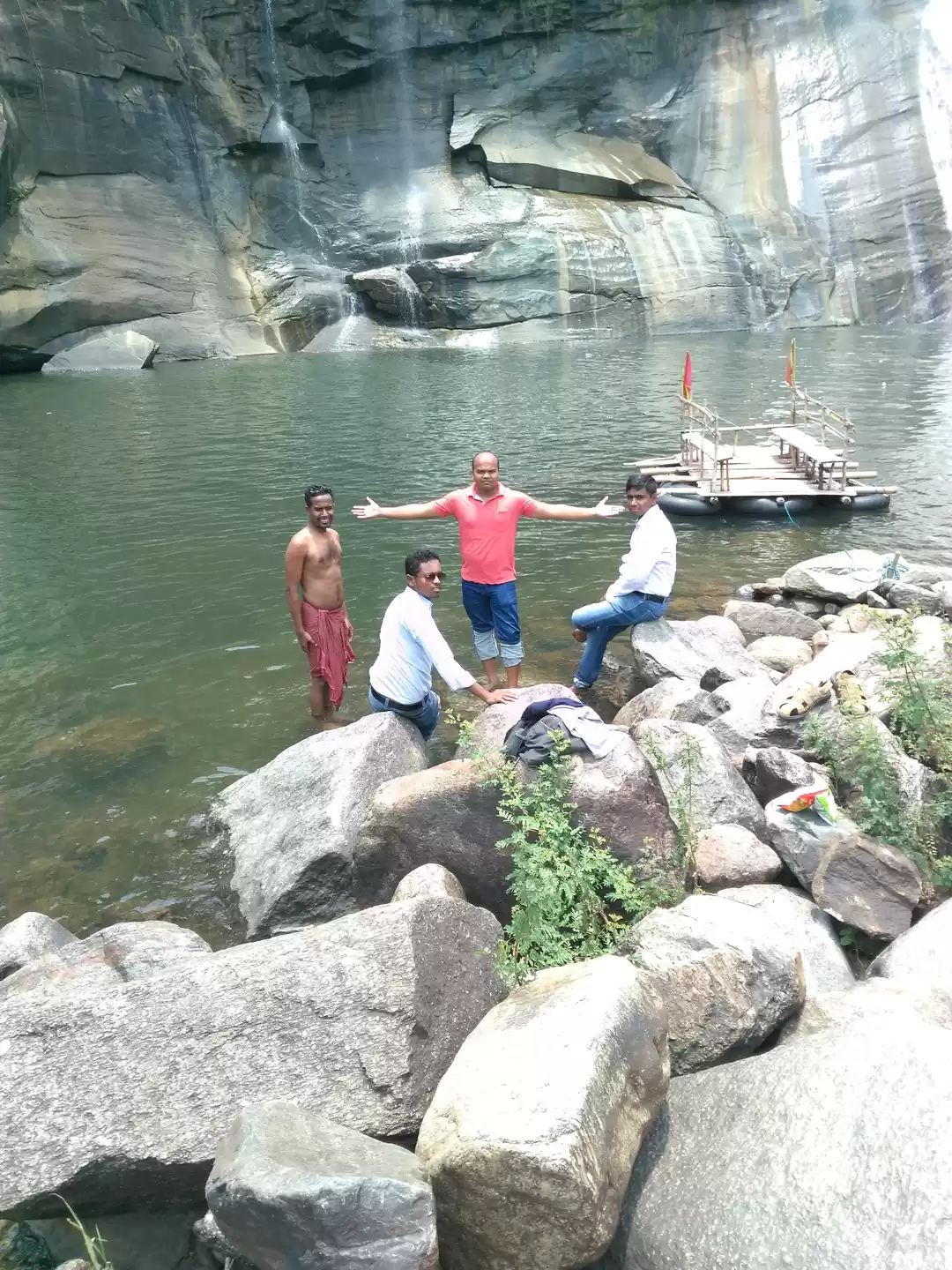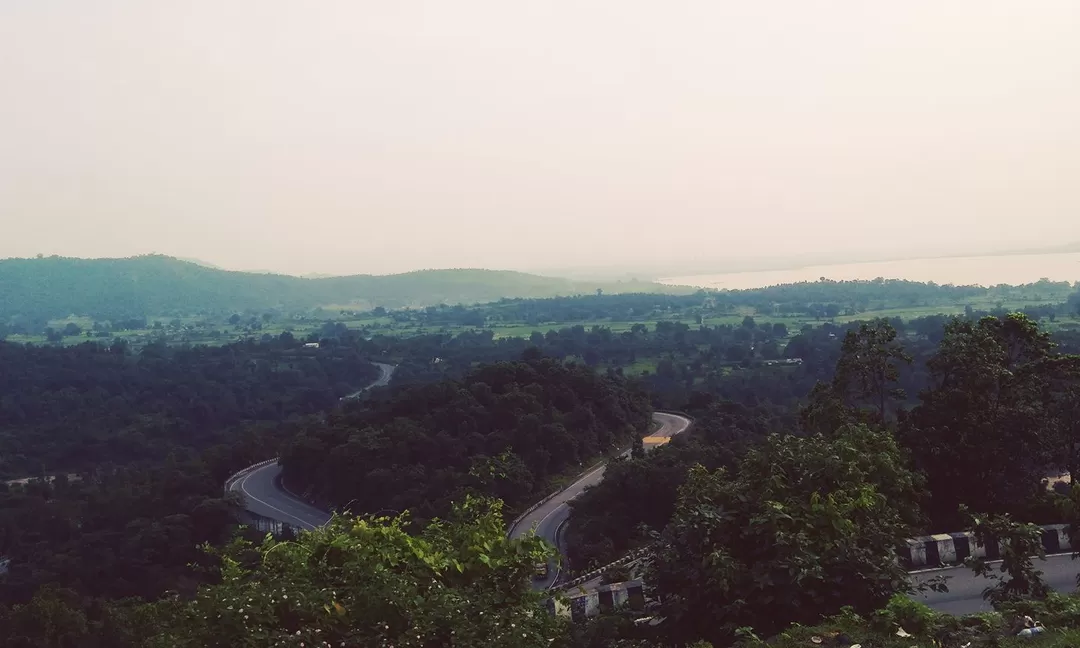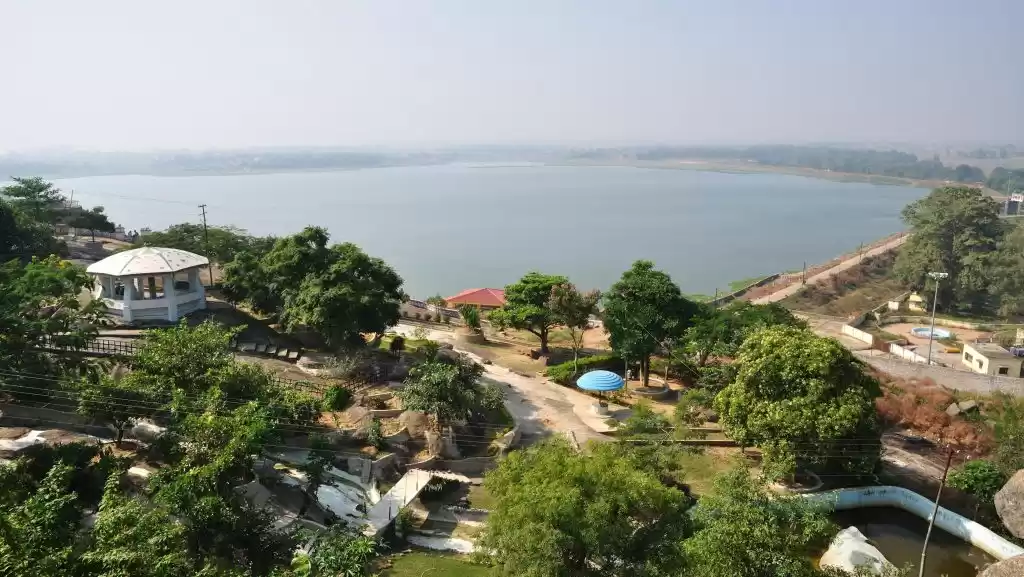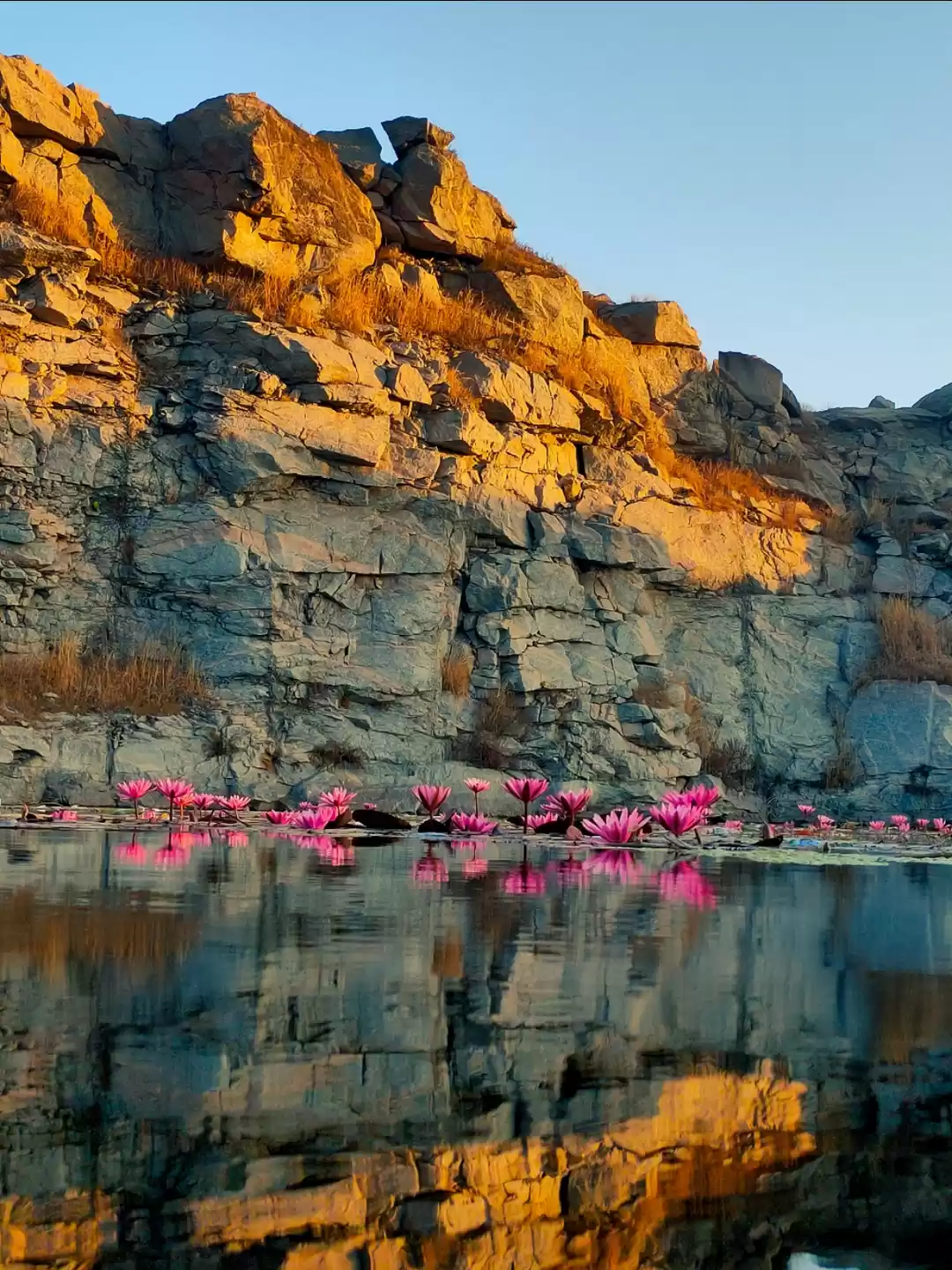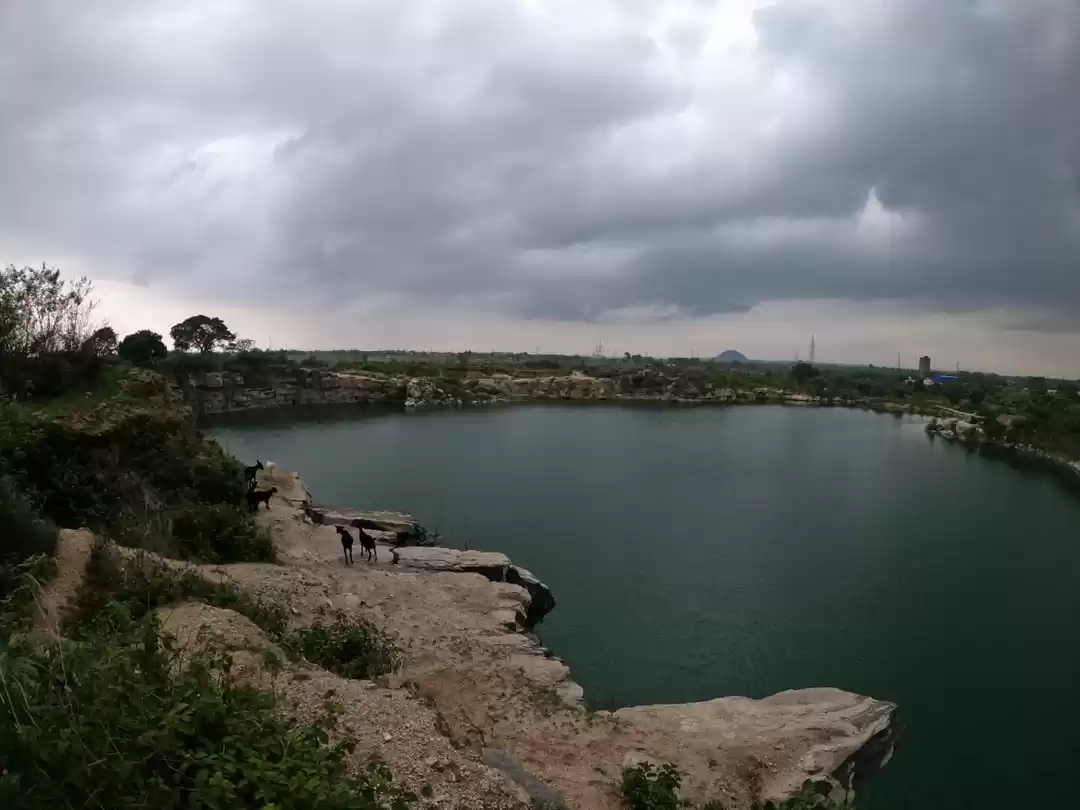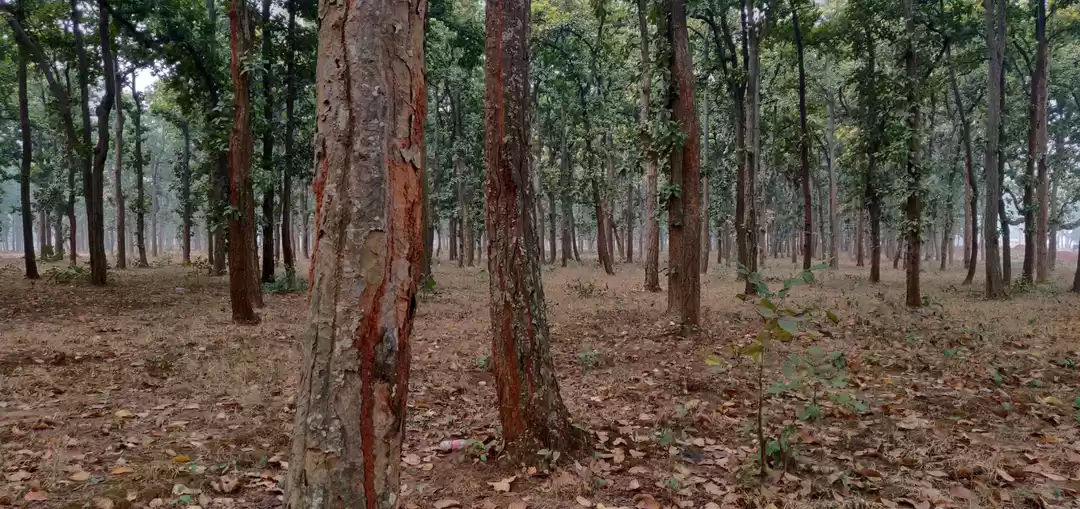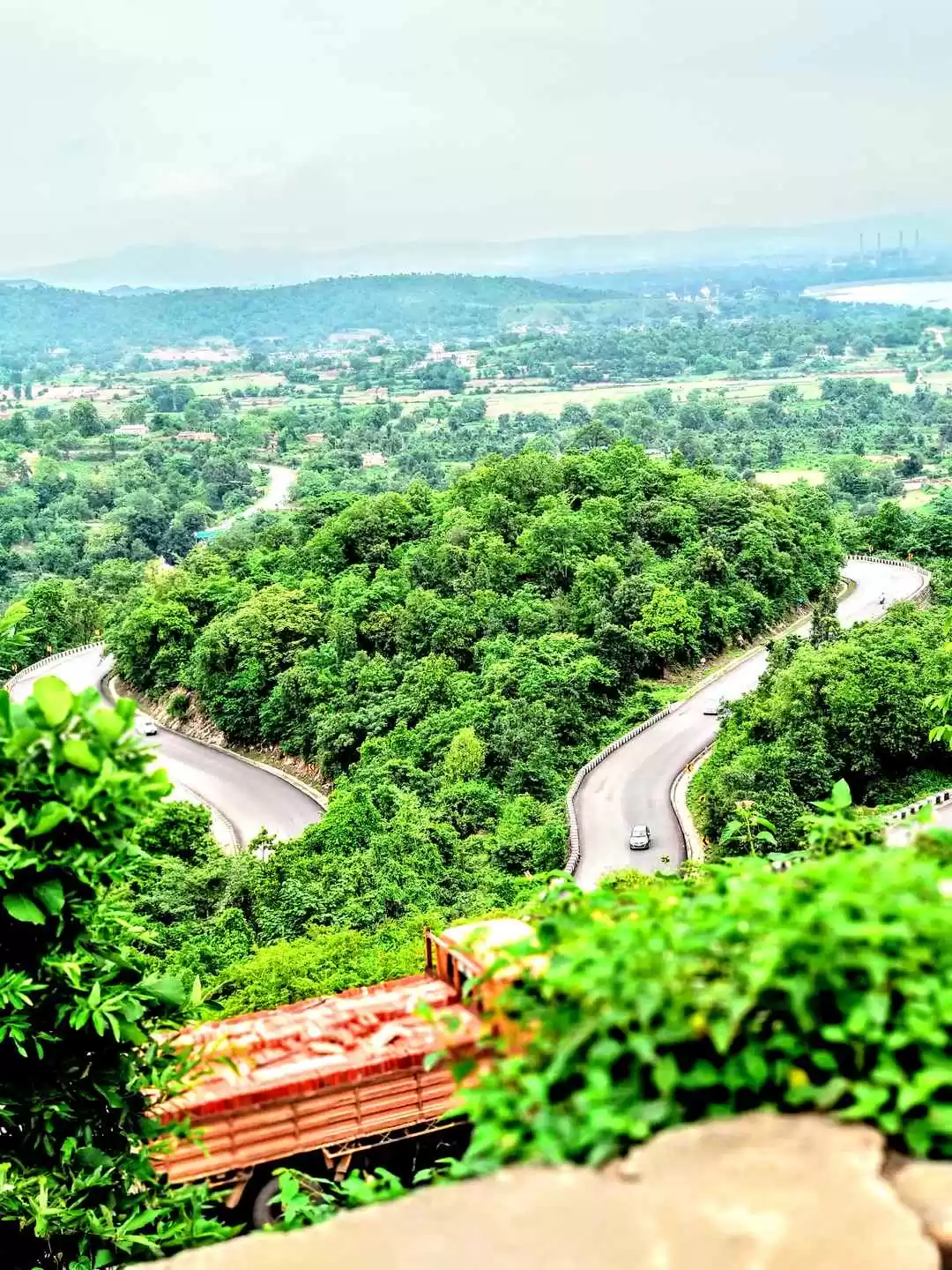Walking through the local markets of Ranchi where tribal Santhali and Oraon women populate the streets as vendors bringing fresh vegetables from their farms and kitchen gardens, I spotted an odd thing.
These were small, round, white balls, about the size of grapes with mushroom-like appearance, but no stick or stalk attached to the ball. On inquiry, I found out that these balls are called Rugda.
What is Rugda?
Rugda is a mushroom indigenous to Jharkhand. It grows naturally under the soil at the base of Sal trees that dot the humid forests of Jharkhand. The white balls have a rubber like tough exterior which hold a yolk-like black substance inside which gives Rugda its taste. Locals prepare a curry of Rugda, and enjoy its meat-like flavour very similar to chicken liver with a crunchy prawn-like shell. In fact, Rugda grows in early monsoon season when most of the locals observe vegetarianism, and it serves as a great alternative to meat. When it comes to nutritional value, Rugda has much higher protein content than mushroom and has no carbohydrates.
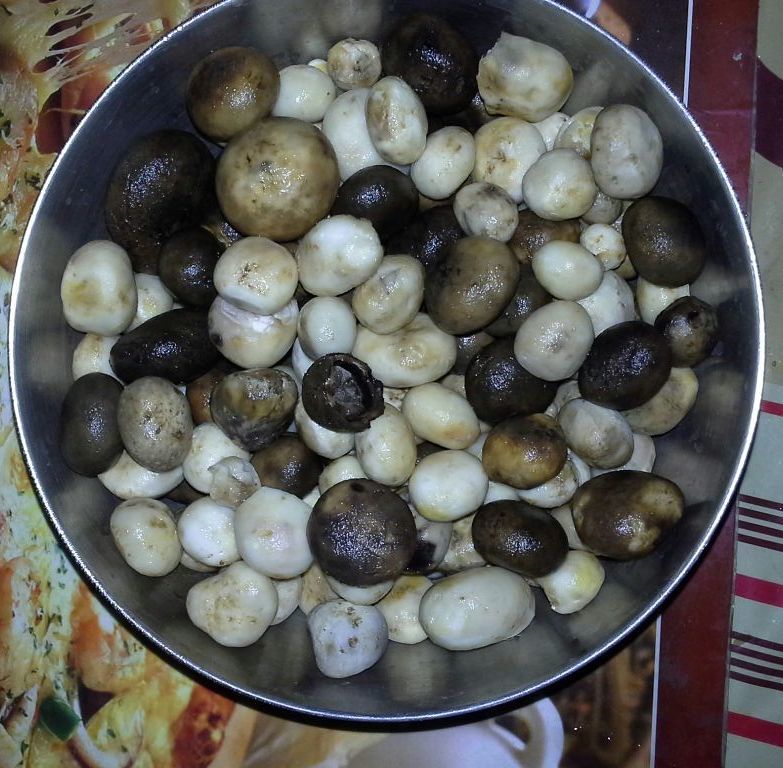
Why don't you know about Rugda?
You would have probably never heard of Rugda before. The reason being that it is not a crop yet, and is not even cultivated in the region where it is consumed. The rare mushroom grows by itself only in the dense Sal forests of Bundu, Tamar and Pithoria where the temperature is suitable for its growth. This region receives heavy rainfall (about 350 cm in the month of July) with good sunlight and a temperature around 30 degrees, which is the ideal condition for the growth of Rugda. The local women hunt for it in the forests digging the soil for about a few inches, and collect it. It takes about an hour of hunt to collect a kilogram of Rugda. A kg of Rugda sells for Rs 150-200. It is highly perishable in nature and needs to be cooked immediately within 8 hours of being dug out, which makes exporting it very difficult.
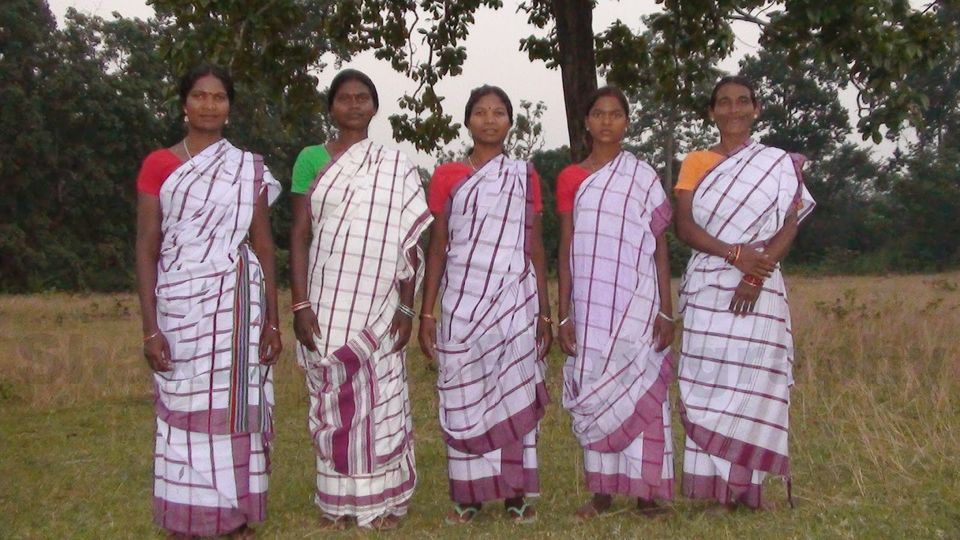
Hitting the taste buds
In the market, I was with my Nani who knew how to prepare Rugda. So, we bought it. She washed them properly to remove the soil enveloping it, and prepared it with the spices ground at home in a thick dark curry, and I liked it so much that I decided to write an article about it about 15 years later.
Why do I feel that this delightful dish would be lost?
Much of Jharkhand's history is unrecorded. And when it comes to the culinary history of the state, we cannot trace anything. How many of us can actually name a dish which truly belongs to Jharkhand? When it comes to a native delicacy like Rugda which is barely known outside the state, it is pretty easy to forget the preparation, as the generations change. But cultural change is not the only reason why Rugda may be lost to time.
The climatic patterns are rapidly changing in Jharkhand. Rainfall is slowly decreasing and the temperature is rising. In the recent times, it has been difficult to find Rugda in the street markets. And as such, it might also happen that the delicacy becomes extinct.
The third reason is economic development. In the last few years, tribals have been displaced from the mineral rich regions of the state. On paper, it might sound a good deal to be compensated in cash for the unregistered land that their ancestors have always lived on, and get employed in a factory or displaced to a new township. But it leads to losses that cannot be quantified in monetary value – loss of traditional methods of farming, uprooting of an ecosystem established by the locals with the wildlife, and a stand-still on all activities of sustainability and environmental protection practised by the locals who understand the geography of the region having studied it throughout their lives. An edible like Rugda is a gift of the indigenous people's interaction with the nature, and once that is lost, it cannot be revived.
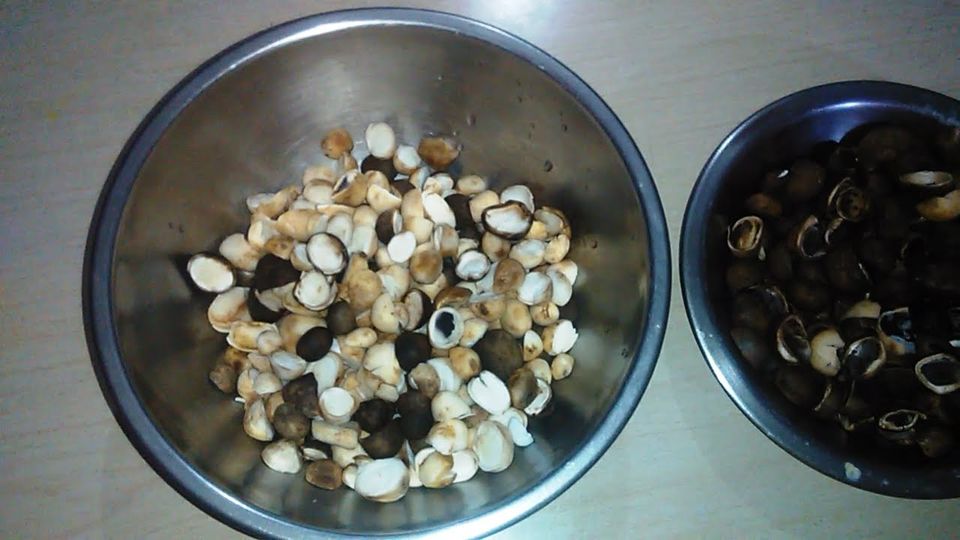
A ray of hope
Birla Institute of Technology Mesra in Ranchi has come up with a research programme to study and document about this special mushroom. They are working on methods to preserve Rugda for at least 3-4 days to make it exportable. Scientists are also trying to produce it in regions of Uttarakhand where the climate is suitable for its growth.
Where to taste Rugda?
If you happen to visit Ranchi, Khunti or Lohardaga districts of Jharkhand in the rainy season, ask a local vegetable seller about Rugda. They might treat you with an authentic tribal dish made of Rugda. The restaurant Yellow Sapphire at Capitol Hill, and Jungli Moondance in Ranchi also offer Rugda on their platter, but you will need to check with the restaurant before visiting.
I too hope to have Rugda on my next visit to Jharkhand.
Do you know of a delicacy for which you will travel anywhere to grab a bite of? Share in the comments below.
Get travel inspiration from us daily! Save our number and send a Whatsapp message on 9599147110 to begin!


